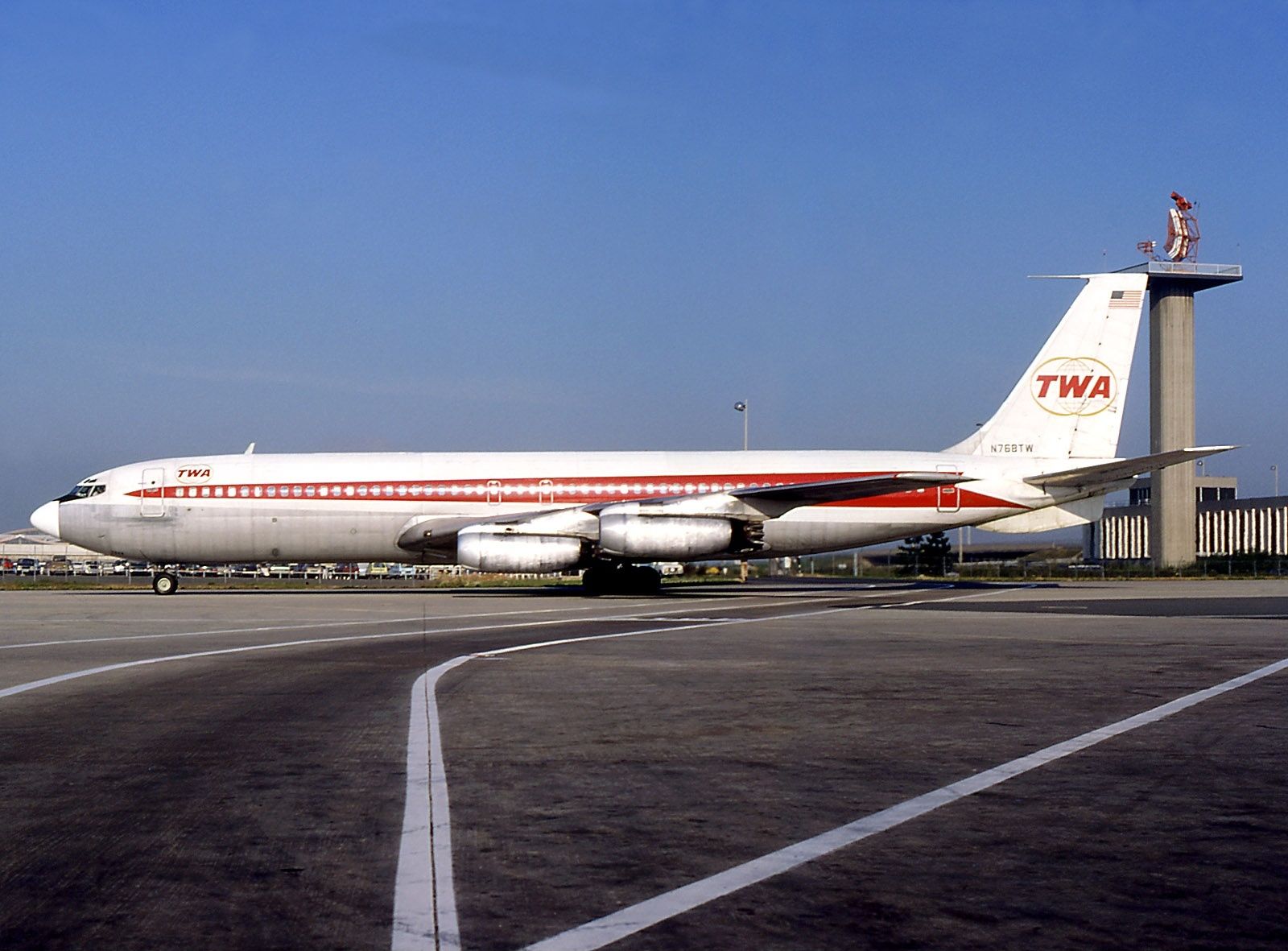Exactly 48 years ago today, a Trans World Airlines (TWA) Boeing 707 bound for the United States crashed in the Ionian Sea, killing all 88 passengers and crew. TWA Flight 841 was a regularly scheduled service between Ben Gurion Airport (TLV) in Israel and John F. Kennedy International Airport (JFK) in New York, with stops at Athens-Ellinikon International Airport (ATH) in Greece and Roma-Fiumicino Airport (FCO) in Italy.
The aircraft performing the flight was a five-year-old Boeing 707-331B with the registration N8734. On Sunday morning, September 8th, 1974, the plane arrived in Athens after an uneventful flight from Tel Aviv. Having reported no mechanical issues and with no maintenance required, 46 passengers deplaned along with their baggage and some cargo.
While cruising at 26,000 feet the plane suddenly pitched up
Following a 68-minute refueling stop and more passengers boarding, the plane took off on the second leg of its journey at 09:14 GMT. Around 30 minutes into the 1 hour and 48-minute flight to Rome, while cruising at 26,000 feet over the Ionian Sea, the aircraft suddenly pitched up.
The flight crew of Pan American Airways Flight 110, also a Boeing 707 en route eastbound from Rome to Beirut, was in the vicinity of the TWA aircraft at a cruising altitude of 33,000 feet. The crew of the Pan Am Clipper witnessed the TWA plane enter a steep climb, flip over onto its back, and then enter a spiraling dive before crashing in the Ionian Sea 50 nautical miles west of the Greek island of Cephalonia. Athens Air Traffic Control (ATC) immediately alerted Greek rescue services and called the Italian authorities in nearby Brindisi for assistance.
Ships operating in the area were the first on the scene, and while they reported floating debris, there were no signs of any survivors. The American government tasked the USS Independence aircraft carrier, along with the frigate USS Biddle with picking up the debris.
Tensions in the Middle East were high
At the time of the incident, tensions in the Middle East were high following the ousting of the PLO from Jordan. Many of the fleeing Palestinians ended up in South Lebanon, where there was already a strong presence. With a weak central Lebanese government, they were allowed to set up armed militias.
Immediately following news of the crash, a Palestinian youth organization claimed it had put a bomb on the plane. TWA said this was nonsense, but the National Transportation Safety Board (NTSB) investigation confirmed that a bomb in the cargo hold had destroyed the plane's elevator and rudder system control cables making it uncontrollable. A British team of bomb experts confirmed the NTSB's findings after discovering two tiny fragments of metal embedded in a suitcase. Microscopic examination of the fragments found that the velocity at which they traveled when they came into contact with the bag could only have been caused by a bomb.
The focus turned to Abu Nidal
Suspicion immediately focused on the Abu Nidal terrorist organization, the most ruthless of all the Palestinian terrorist groups. Formed in 1974 after a split from Yasser Arafat's Fatah, Abu Nidal carried out the Rome and Vienna airport attacks on December 27, 1985. In 2009, the Associated Press published an article claiming that Khalid Duhham Al-Jawary, the man responsible for the 1973 New York City bomb plot, was linked to the bombing of TWA Flight 841.


.gif)
.jpg)
_underway_at_sea_circa_in_1971_(NH_97714-KN).jpg)